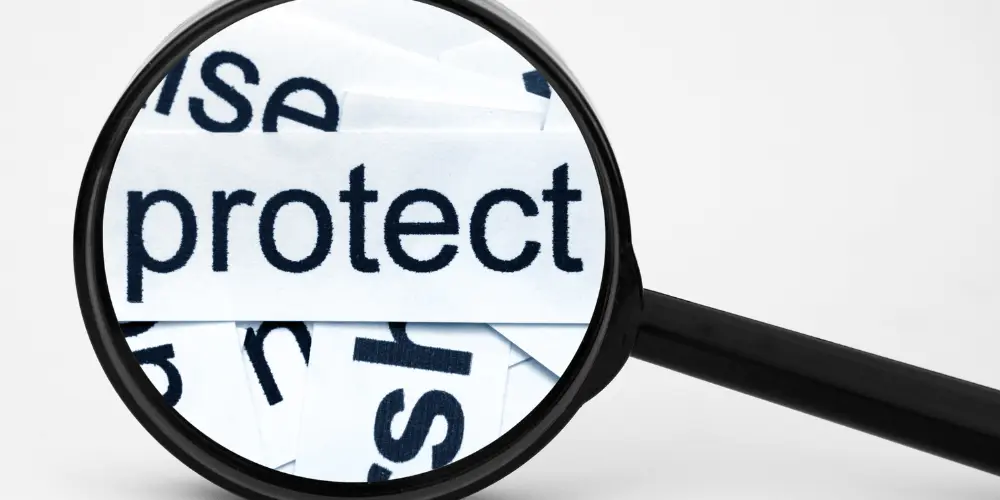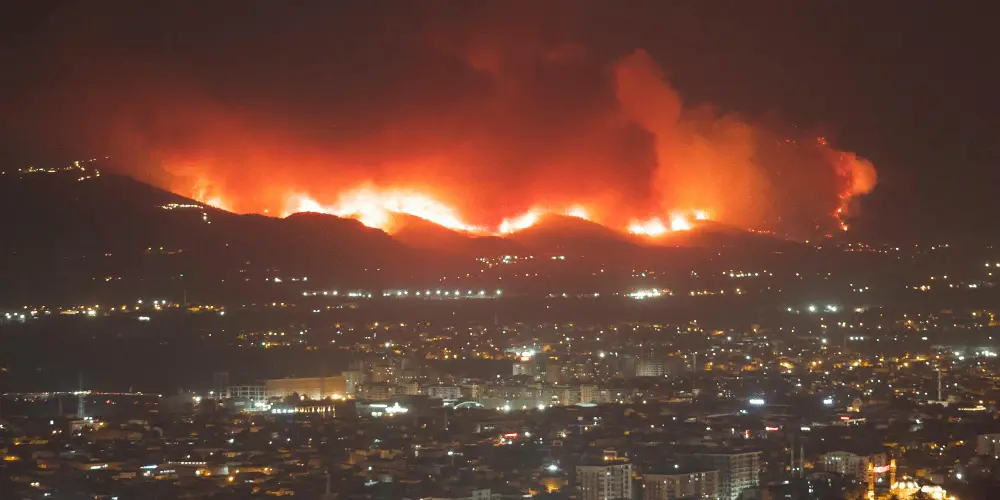
When a natural disaster happens, the first priority is always safety for you and your loved ones. But once the immediate danger has passed, protecting your finances becomes critical. Disasters can lead to missed payments, unexpected bills, and even fraud, all of which can affect your credit. Knowing how to protect your credit during a natural disaster will help you recover faster and avoid long-term damage.
Your credit report is a record of your payment history, accounts, and debts. After a hurricane, flood, or wildfire, you may struggle to pay bills on time. That could cause negative marks on your credit report. Reviewing your report regularly helps you catch inaccurate information early.
By law, you can request a free credit report from each of the three major credit bureaus every year. Checking your file after a disaster can alert you to errors, missing payments, or signs of fraud. If you find inaccurate information, dispute it right away. Learn more from our article Natural Disasters and Credit Reports: What You Need to Know.
One of the first things to slip during an emergency is your credit card bills. With extra expenses for food, gas, or temporary shelter, it’s easy to miss due dates. Contact your card issuers quickly if you expect problems. Many lenders offer forbearance periods or flexible payment plans during disasters. Making arrangements early helps you avoid late fees and protects your credit history.
Disasters often create opportunities for scammers. A lost wallet, a rushed online purchase, or even a fake charity request can expose you to identity theft. Criminals may commit a data breach, stealing Social Security numbers or account details from overwhelmed businesses. Thieves may also open a new account in your name or run up charges on your credit card.
To protect yourself, monitor your accounts closely and watch for suspicious activity. If you think your information has been stolen, you can file an FTC Identity Theft Report at IdentityTheft.gov to start resolving the issue. The Consumer Financial Protection Bureau also explains how fraudulent accounts can affect your credit and what steps you can take to limit the damage.

A natural disaster can affect every part of your finances. You may face extra expenses like replacing damaged property, covering medical bills, or paying higher utility costs. Mortgage payments, student loan bills, and insurance premiums don’t stop when disaster occurs.
Planning for these challenges and knowing your rights can help you keep your finances steady while you recover. Relief programs exist, but it is your responsibility to contact creditors and insurance companies quickly so they can note your account. Taking early action reduces the risk of negative marks and protects your coverage under existing agreements.
Even during emergencies, your credit score plays a role in recovery. A lower score can make it harder to borrow money, qualify for relief programs, or refinance a loan. On the other hand, keeping up with payments, even small ones, can show lenders you are managing responsibly. That can protect your creditworthiness and reduce the negative impact on your score.
If you believe your Social Security number or other personal information has been exposed, consider adding a fraud alert to your file. A fraud alert makes it harder for identity thieves to open new credit in your name. You can also request a credit freeze from credit bureaus, which blocks new accounts entirely. Both tools are free and can be powerful protections during times of crisis.
Our resource, SBA Disaster Loan Credit Score Requirements: What to Expect , discusses why maintaining access to credit is important when applying for disaster loans.
Another layer of protection is credit monitoring. Many services will send alerts if new accounts are opened or if there are major changes to your file. Some insurance companies and utility companies even provide free monitoring after disasters. While no service can stop fraud entirely, early warnings give you the chance to respond quickly and limit damage to your credit.
Your insurance company is often one of the first calls you’ll make after a disaster. Filing an insurance claim can help you cover damaged property, medical bills, or lost wages. Be sure to review your insurance policy so you understand what’s covered. Keep copies of documents, receipts, and letters from your insurer. Quick and complete claims reduce the chance of missing payments on your regular accounts.
The Federal Emergency Management Agency also works closely with insurers and homeowners to make sure recovery funds flow quickly. If you’re unsure what assistance you’re eligible for, FEMA’s site is a trusted starting point. Learn more from our article FEMA Disaster Assistance: How it Works and Who it Helps.
If you can’t pay your credit card or utility companies on time, call them immediately. Many utility companies have disaster relief policies, such as waiving late fees or spreading payments over several months. Credit card issuers may lower interest rates temporarily or pause collection activity. Contacting lenders directly is the best way to protect your credit accounts from negative marks.
Student loan bills can be overwhelming after a natural disaster. Fortunately, federal student loans may qualify for a forbearance period, which allows you to pause monthly payments without penalty. Private lenders may offer their own programs. Always ask what options are available so that student loan obligations don’t lead to missed payments and damaged credit.
The U.S. Department of Education provides details on current student loan relief programs available to disaster survivors.
During emergencies, communication is key. Contact lenders, creditors, or your mortgage servicer to explain your situation. Many will note your account with a disaster code, preventing late payments from being reported. Keep records of every phone call, letter, or email you send. This documentation is valuable if inaccurate information shows up on your credit report later.
Even if you’ve arranged special terms, errors can still occur. Inaccurate information may appear on your report if accounts are not updated correctly. Dispute these mistakes with the credit bureaus as soon as possible. You have the right to request corrections, and agencies must verify the accuracy of reported debts. Correcting errors quickly will protect your credit score from unnecessary harm.
Disasters often come with extra expenses, from temporary housing to repairing property. It may feel like your budget is stretched to the breaking point. Prioritize housing, food, and medical needs first, and make minimum payments on credit whenever possible. This balance will help you sustain your finances until relief funds or insurance claims are processed.
For more preparation advice, Ready.gov shares strategies on safeguarding financial records before an emergency.
A natural disaster can disrupt more than your home. Your income may be interrupted if your workplace is closed or if you need time off to recover. This loss of steady pay affects every part of daily life, from buying groceries to keeping up with rent or mortgage payments.
There are various types of disaster assistance that can help fill the gap. For example, FEMA or SBA programs may provide temporary relief, while local nonprofits often step in to cover immediate needs like food or shelter. If you are concerned about delays, keep an eye on official .gov websites for the latest updates on available aid.
It is also important to watch your mail during this time. Credit bureaus and lenders often send notices about payment changes, relief offers, or potential late fees. Missing these letters could mean losing out on valuable protections or payment adjustments.
Protecting your credit during a natural disaster is not just about today. It’s also about long-term recovery. Monitoring your credit, staying in touch with lenders, and using tools like credit freezes can prevent lasting damage. Once you stabilize, consider setting new financial goals, like building an emergency fund, so you are better prepared for the future.
Your credit is an important part of your recovery after a natural disaster. By checking credit reports, staying current on bills when possible, and using tools like fraud alerts or credit freezes, you can reduce the negative impact of an emergency.
And if you need personalized support, connect with Credit.org's Disaster Recovery Counseling. Our counselors can help you understand your options, dispute inaccurate information, and create a plan to protect your credit during and after a natural disaster.